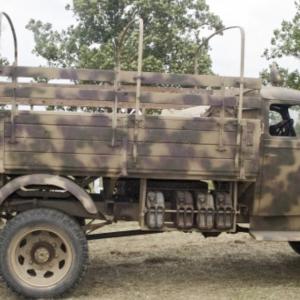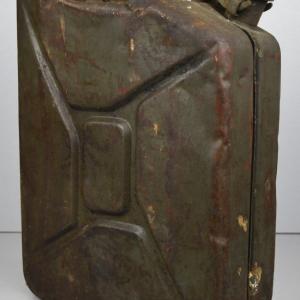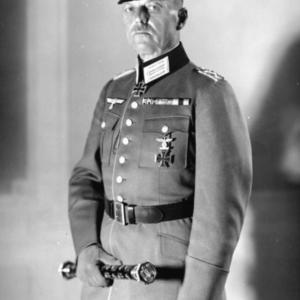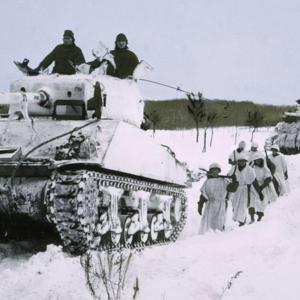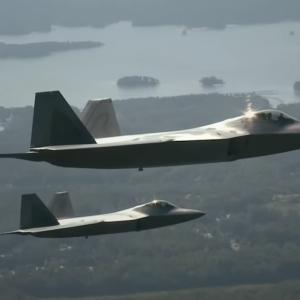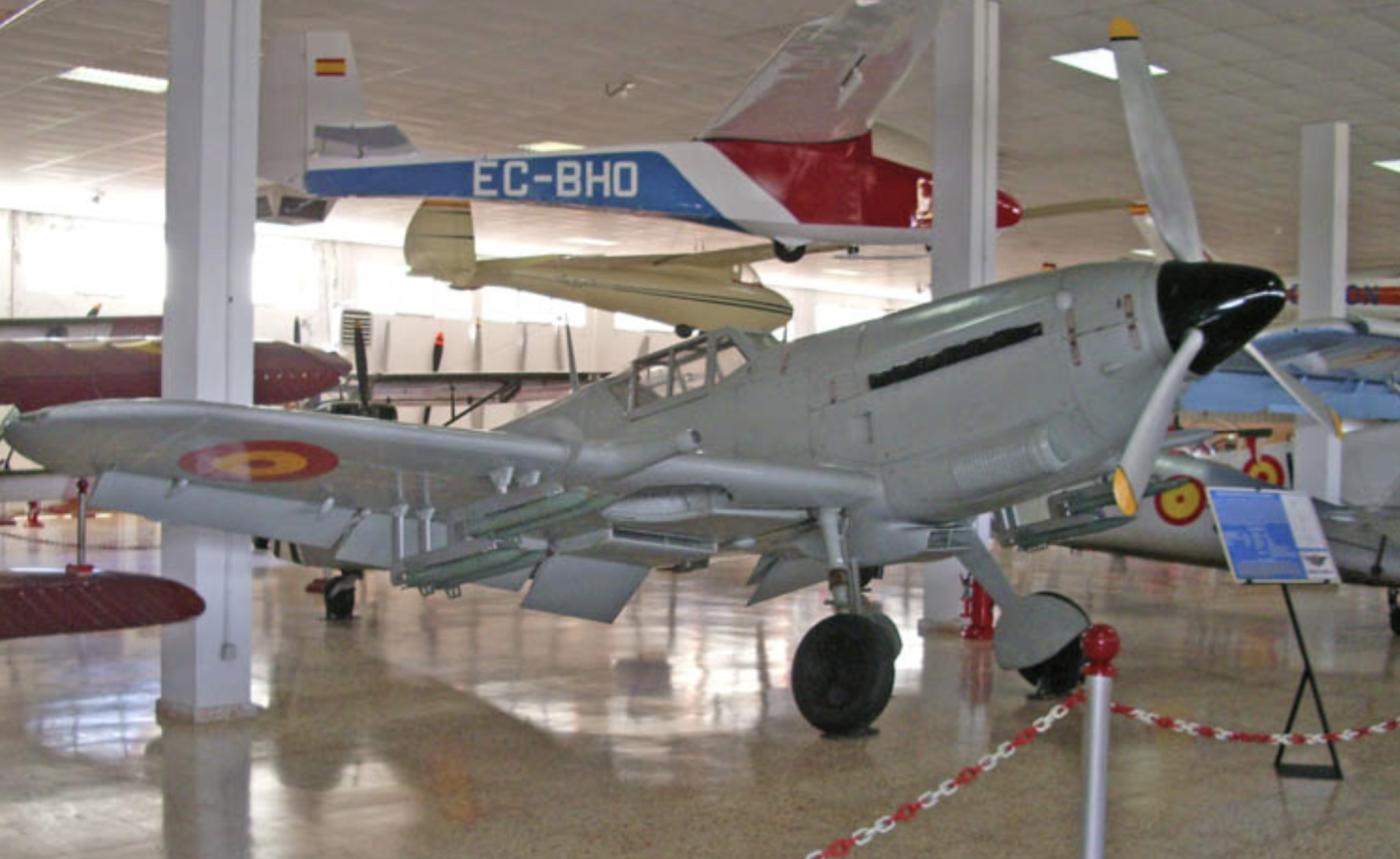
Hispano HA-1112
The Hispano Aviación HA-1112 is a remarkable aircraft born from necessity and ingenuity. A Spanish-built evolution of the German Messerschmitt Bf 109, it tells a story of post-war adaptation, international resourcefulness, and a second life on the silver screen.
After World War II, Spain sought to modernize its air force but faced a unique problem: it had access to the plans for the German Bf 109 G-series but not the engines, weapons, or many other critical parts. The original plan was to build the aircraft under license using the Daimler-Benz DB 605 engines. However, post-war conditions and Germany’s collapse made it impossible to source these components. As a result, Spanish engineers turned to alternative powerplants, starting a series of modifications that eventually led to the HA-1112.
The first prototype, known as the HA-1109, flew in March 1945 using a French Hispano-Suiza engine. It maintained the Bf 109 airframe but lacked much of the German equipment, making it more of a test platform than an operational fighter.
Over time, the project evolved into the HA-1112 series. The most famous version, the HA-1112-M1L, was powered by a British Rolls-Royce Merlin engine, the same engine that powered the iconic Spitfire. This gave the aircraft a unique character — a German airframe, built in Spain, powered by a British engine.
The installation of the Merlin required significant modifications. The nose was reshaped to accommodate the upright engine, with a prominent chin intake that earned the aircraft its nickname, Buchón, which roughly translates to "big-throated" or "pouter pigeon" in Spanish. This altered the sleek look of the original Bf 109 and changed the aircraft’s aerodynamic profile.
Despite these changes, the HA-1112 served Spain well into the 1960s. It was used mainly for ground-attack missions, advanced pilot training, and territorial policing in Spain’s colonial territories. While it was no longer a cutting-edge fighter by that time, it filled roles that didn't require supersonic speed or radar-guided weapons.
One of the HA-1112’s most unique legacies is its role in cinema. After retiring from military service, many Buchóns were used in war films, most notably the 1969 film Battle of Britain. Since authentic Bf 109s were rare and expensive, filmmakers turned to the HA-1112. With a little paint and some camera angles, the aircraft convincingly portrayed its German predecessor — at least to the average viewer. To aviation enthusiasts, however, the chin intake and different exhaust arrangement gave away its true identity.
The aircraft's specifications reflected its hybrid nature. It had a top speed of about 665 km/h (around 413 mph), a range of roughly 765 kilometers, and was armed with 20 mm cannons and, in some versions, underwing rockets. The Merlin engine delivered reliable power, but the changes to the airframe impacted its handling and made it less aerodynamic than the original Bf 109. Still, for Spain’s needs during the 1950s and early 60s, it was a capable and rugged machine.
Several HA-1112s survive today, both in museums and in flying condition. Their continued existence is a testament not only to their engineering but also to their cultural role in representing World War II aircraft long after the real ones had disappeared from the skies.

